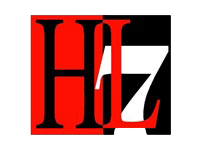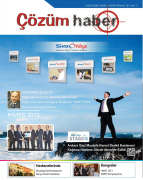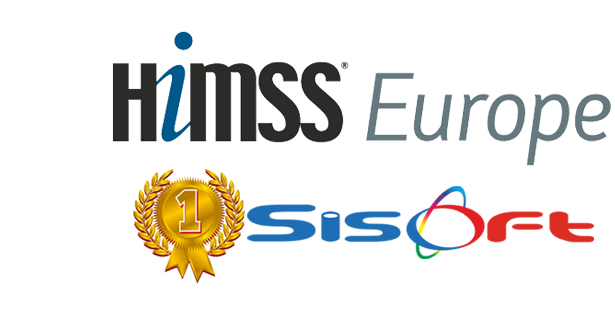Üyeliklerimiz








Yarının teknolojilerini bugün üretiyor ve hizmetinize sunuyoruz. Uzman yazılım ve tasarım ekiplerimiz her ihtiyacınız için daha siz ihtiyaç duymadan önce çalışıyor ve ürünlerimizi hazır hale getiriyorlar.

Beğenilen, takdir edilen çözümler sunmak için çözüm ortaklarımız (sağlık hizmetinin sunucu ve alıcıları) için, onlarla birlikte en yeniyi, en gelişmişi, en teknolojik olanı oluşturmak için çalışıyoruz.
Geleceği doğru okumak, buna göre yeniden konumlanmak, özellikle teknoloji kullanan ve üreten firmalar için "olmak ya da olmamak" gibi hayati bir durum. Önümüzdeki günler, Sağlık Bulutu için öngörülenler, Sağlık Bilişimimizi ve biz yazılım firmalarını seçkinleştirerek, ülkemizdeki sağlık uygulamalarını da tüm dünya için rol model yapacağına yürekten inanıyorum.
CEO, Ömer SİSO
 'n de Satışa Sunulmuştur...
'n de Satışa Sunulmuştur...
Sağlık tesislerinde tüm birimler arasında uyumlu çalışma ortamının sağlanması amacıyla tasarımından yapımına kadar, tüm hakları firmamıza ait olan SİSOHBYS kamuya direkt satış imkanına kavuşmuştur.
Yazılım dünyasının uluslararası liderlerinden Oracle ile yaptığımız Partnerlik ve 32 yılı aşkın tecrübemizle, sizler için, sektör lideri, birinci sınıf yazılımlar üretiyoruz.
HIMSS Europe tarafından araştırma ve değerlendirmeler neticesinde, ülke bazında yapılan "Yazılım Firmaları Pazar Payı" ve "HBYS Firmaları Pazar Payı" başlıklarında Sisoft, HIMSS Europe kaynaklarına göre Türkiye'nin lider firması konumunda. Ülkemiz ise Sağlık Bilişimi alanında önde gelen gelişmiş ülkeler arasında yer almakta.
Kaynaklar: HIMSS Europe
Country Comparison Report 2013, HIMSS Europe Database 07/30/2014
eHospital Census Country Reports 2013/14, HIMSS Europe Database 07/30/2014

Sisoft Sağlık Bilgi Sistemleri, Hastane Bilgi Yönetim Sistemi ve WEB HBYS, HBYS alanlarında ödüllü bir Türk yazılım şirketidir.
LBYS, AHBS, PACS, Merkezi PACS ve TS 13298 alanlarında da liderliği elinde bulunduran Sisoft ayrıca Aile Hekimliği, Kağıtsız Hastane ve Hastane Otomasyonu konularında da özel yazılım ürünleri geliştirmektedir.
SisoHBYS markasıyla Hastane Bilgi Sistemleri ve Hastane Bilgi Yönetim Sistemleri alanlarında Sağlık Bilişimi için Merkezi HBYS, Merkezi PACS ve Merkezi LIS ile birlikte Tek Şema HBYS ve Merkezi Hastane konularında uzman bir yazılım ve yönetim ekibine sahiptir.
Sisoft'un Tele-tıp, Tele-radyoloji, ICD10, HL7, LOINC, Common Criteria (ortak kriterler), DICOM, EHR, EMR, SPICE konularında da uzmanlıkları dünya çapındadır.
ONC CERTIFIED HIT® is a registered trademark of HHS.